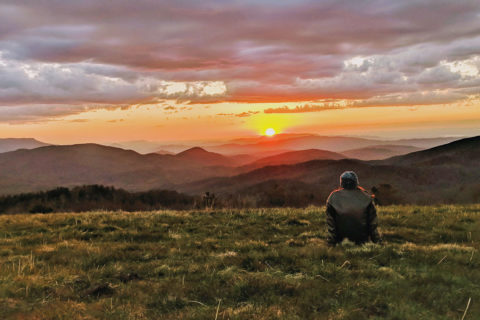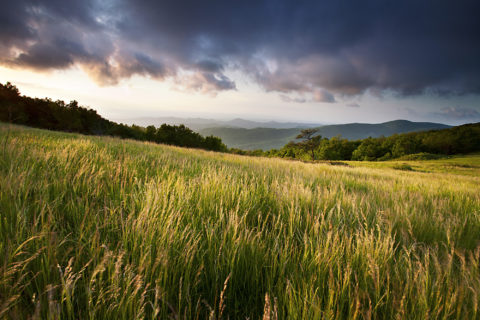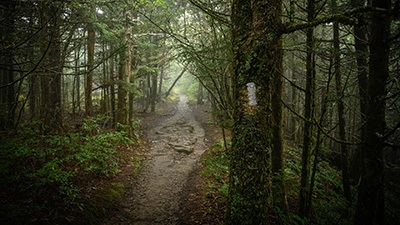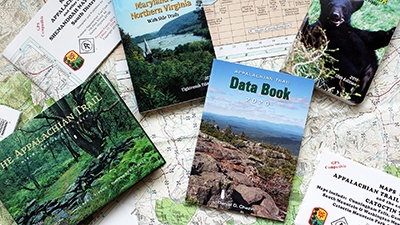By Michelle Presley, ATC Digital Communications Manager
Capturing the Beauty: Responsible Photography on the Appalachian Trail
August 18, 2023
The Appalachian Trail, stretching over 2,190 miles through the eastern United States, is a hiker’s paradise. As adventurers traverse this remarkable path, they enjoy breathtaking vistas, serene forests, and thriving wetlands. In the age of smartphones and digital cameras, capturing these views has become second nature. However, with great power comes great responsibility.
Responsible photography on the Appalachian Trail is not just about snapping beautiful shots – it’s about preserving the Trail’s fragile ecosystems and respecting the experience of others. This post includes some tips for capturing beautiful and responsible photos on the A.T.

Photo by Horizonline Pictures
Know Before You Go
The Appalachian Trail offers a rich tapestry of natural scenes, from sunrise over mist-covered valleys to the warm hues of sunset painting the sky. Before you set out with your camera, plan more than just your shot list. Check the weather forecast, familiarize yourself with the terrain you’ll cover ahead of time, and pack the 10 Essentials.
Leave No Trace
The seven Leave No Trace principles extend to photography as well. Being mindful of your surroundings and the impact of your actions is crucial. Avoid trampling delicate vegetation, disturbing wildlife, or venturing off marked trails to get the perfect shot. Staying on designated paths and using existing overlooks or clearings help minimize your ecological footprint and maintains the Trail’s natural beauty for generations to come. When taking photos, respect the land, water, wildlife, and Native and local communities. Try your best to minimize impacts to other users by giving people space and not blocking the Trail.
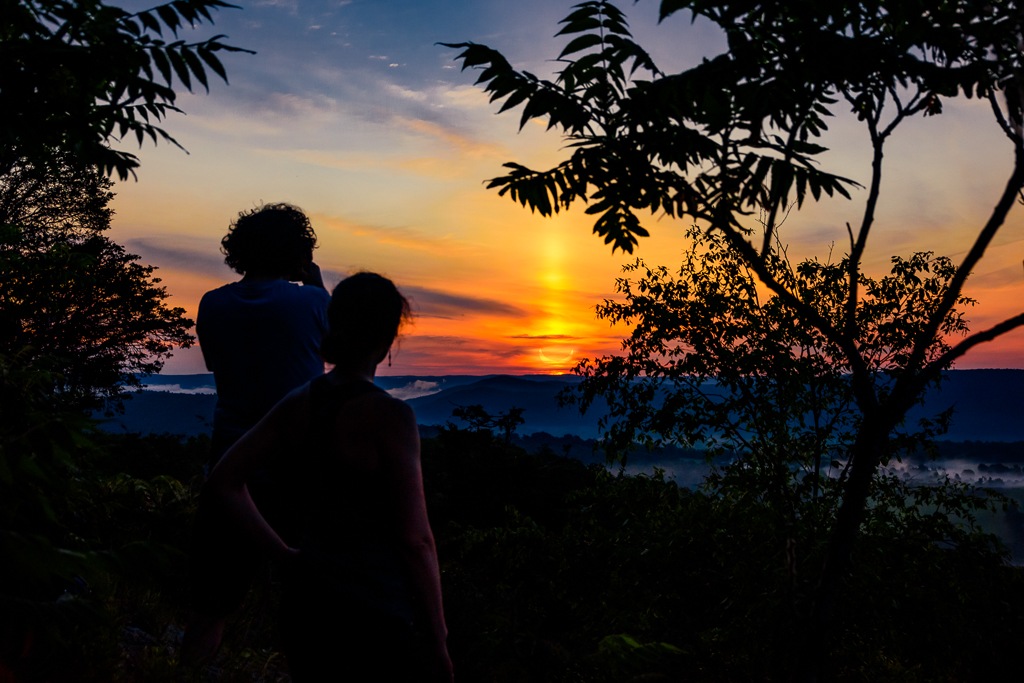
Photo by Jane Haslam Photography at Cat Rocks overlook
Give Wildlife Space
Encountering wildlife on the Trail is a thrilling experience, but photographing animals requires special consideration. Respecting their space is paramount; keep a safe distance to avoid stressing or provoking animals. Long telephoto lenses are an excellent tool for capturing close-up shots without intruding. Remember, your presence should not disrupt their natural behaviors or habitats. Some species may need more space during critical times such as in the spring when they have their babies or during the fall mating season. Be sure to follow directions from posted signs and stay out of areas closed for nesting.
Snap Safely
No photo is worth your life. Be aware of your surroundings and the people around you. Avoid dangerous locations or situations like taking photos close to cliffs or near fast-moving rivers and streams.
Be Mindful of What Your Images Portray
Especially if you plan to share your photos with others, take a moment to think about what your images portray. Capture photos that show people practicing Leave No Trace and being safe.
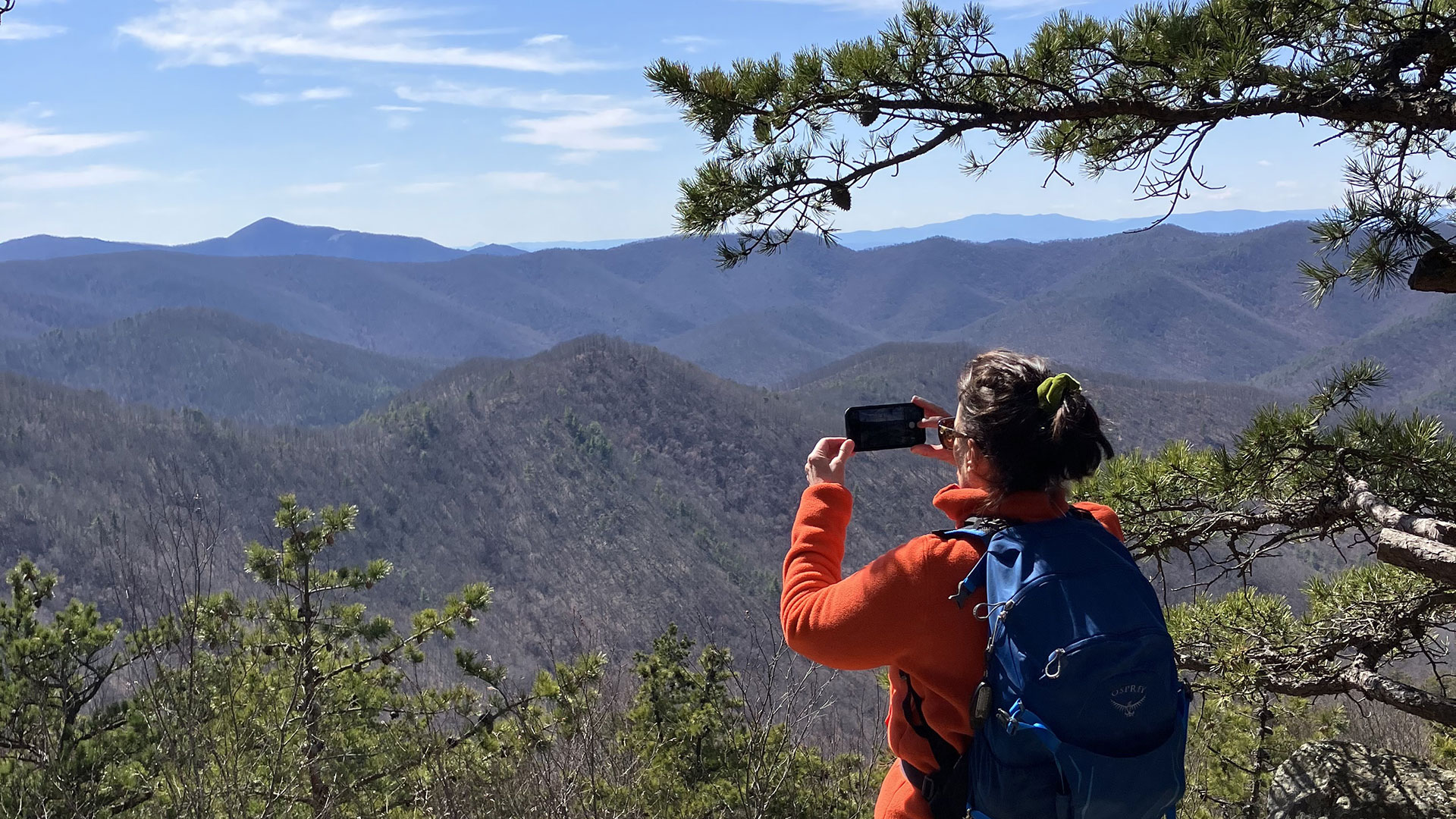
Photo by Dana Jackins
Responsible photography on the Appalachian Trail is about more than just capturing remarkable images; it’s about taking care of nature. By following these tips, photographers can contribute to the conservation of the Trail. With thoughtful photography practices, we can ensure that future generations can also revel in the awe-inspiring beauty of the A.T. Want to learn more about responsible photography in the outdoors? Check out the Create Responsibly resource from Recreate Responsibly.
Planning a commercial shoot? Contact the Appalachian National Scenic Trail park office for information about special use permits and restrictions.
Discover More

BY CAITLIN MILLER
11 Easy Ways to Improve Your Leave No Trace Footprint
A collection of simple and seemingly small ways you can practice Leave No Trace and help protect the A.T. experience.
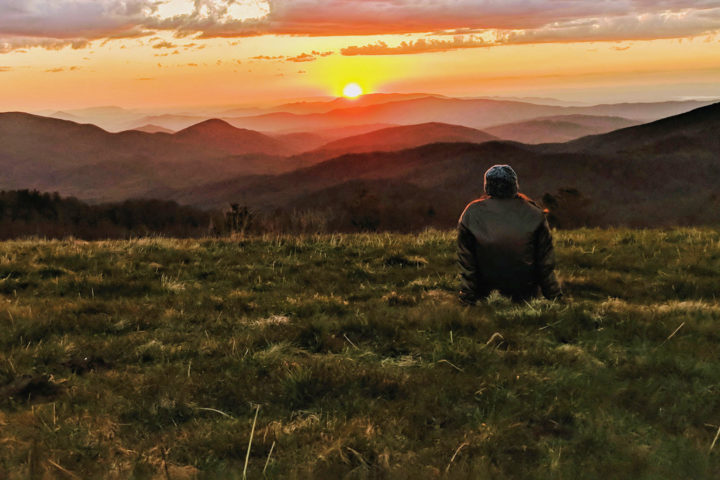
Plan and Prepare
Hiker Resource Library
A collection of resources for hikers to stay safe, healthy, and responsible on the Appalachian Trail.

By Jennifer Pharr Davis
Scenic Views
Wide-open vistas beyond the footpath offer respite and are essential to the Wild East.

